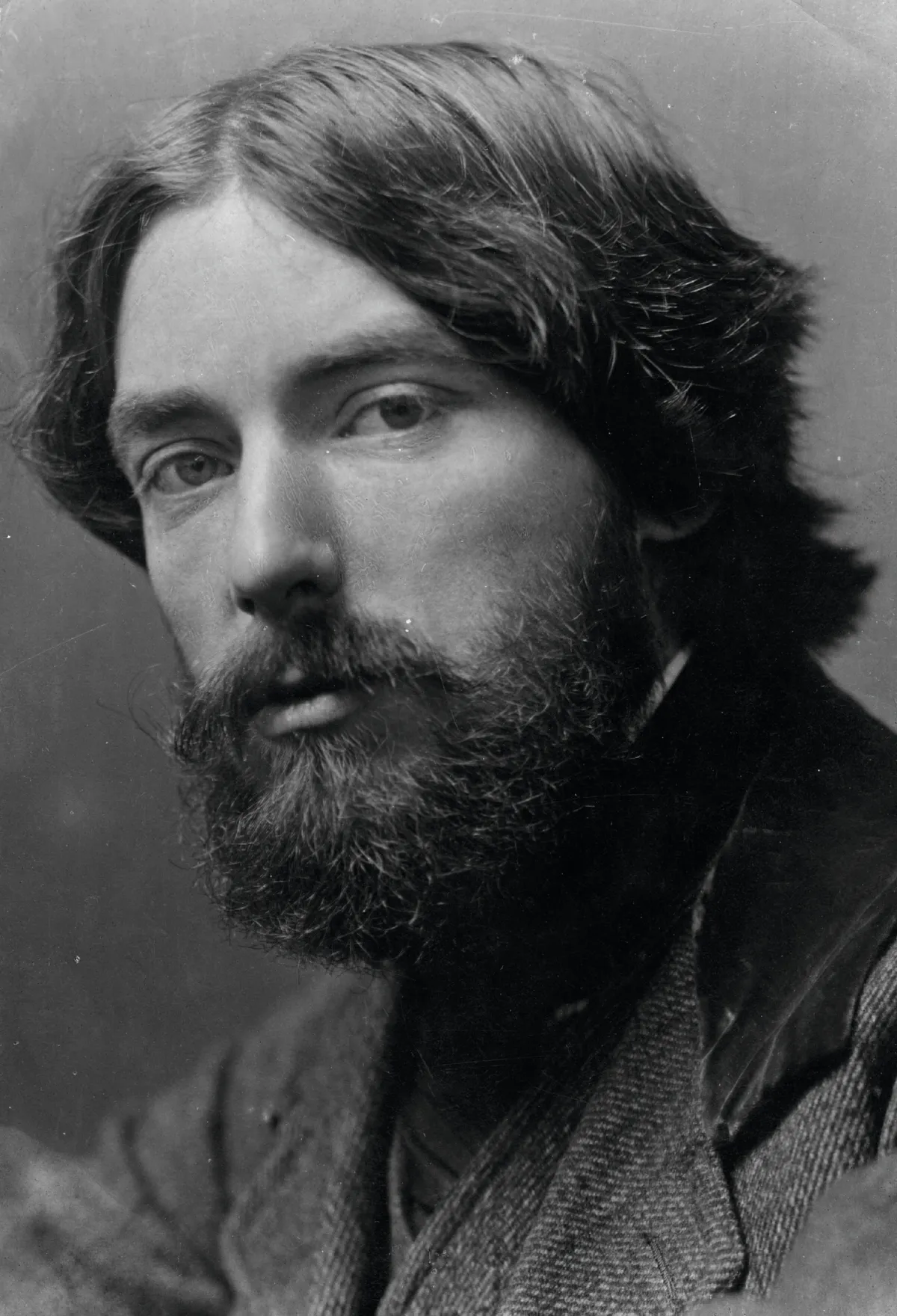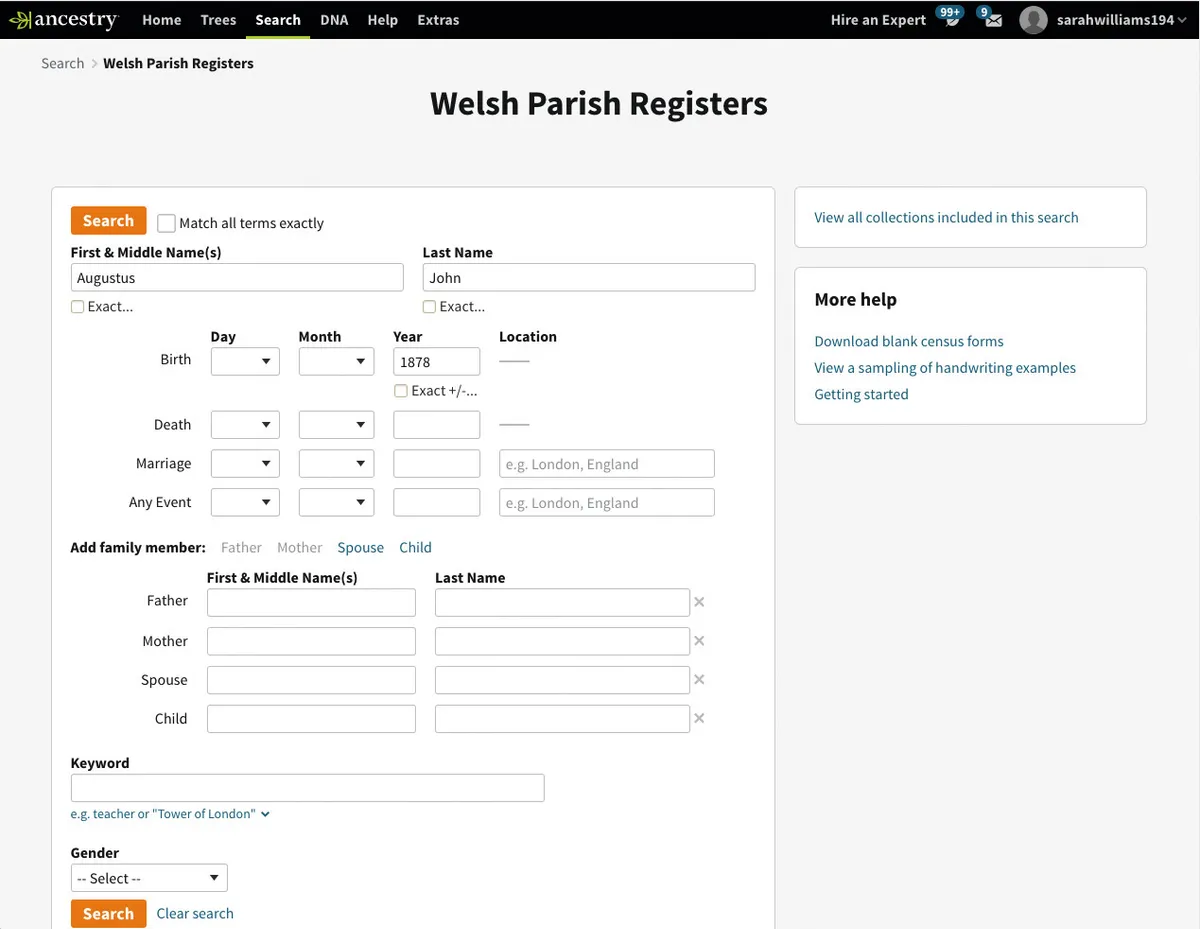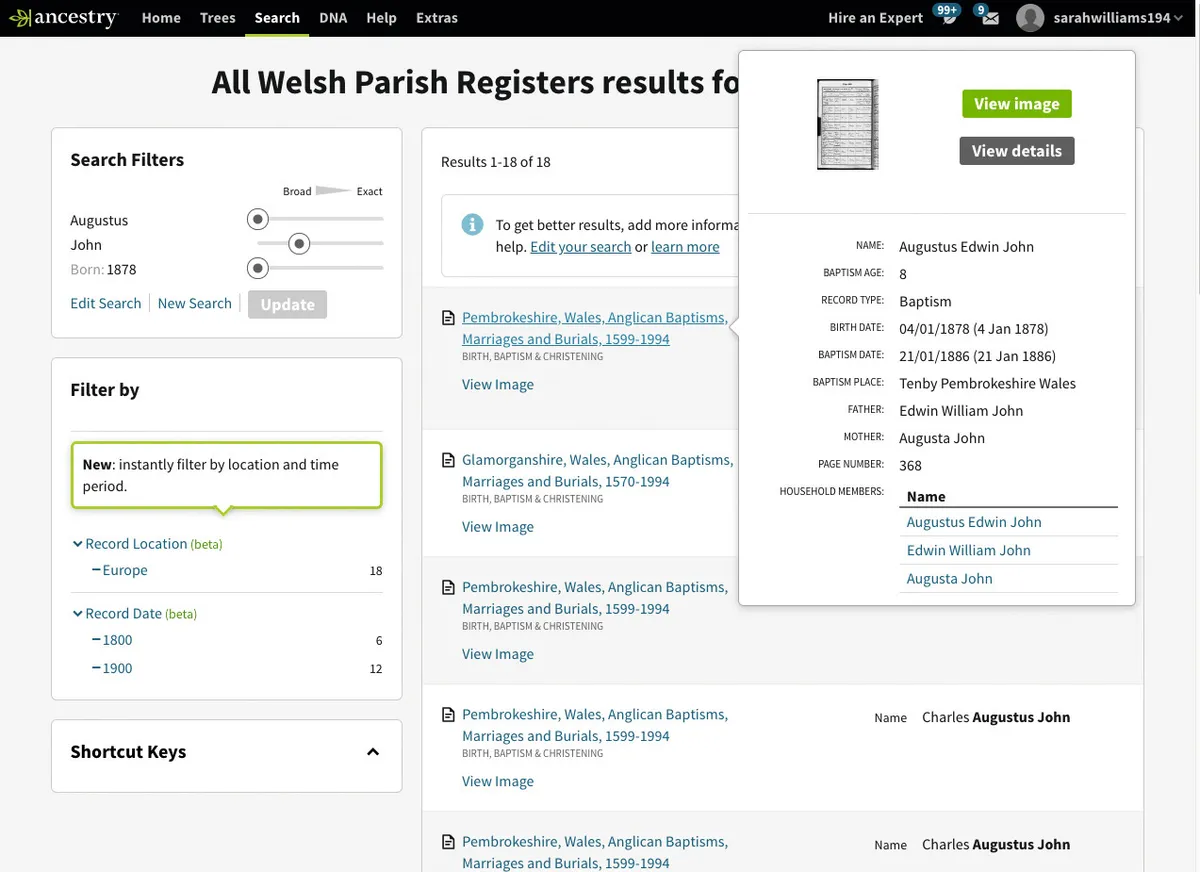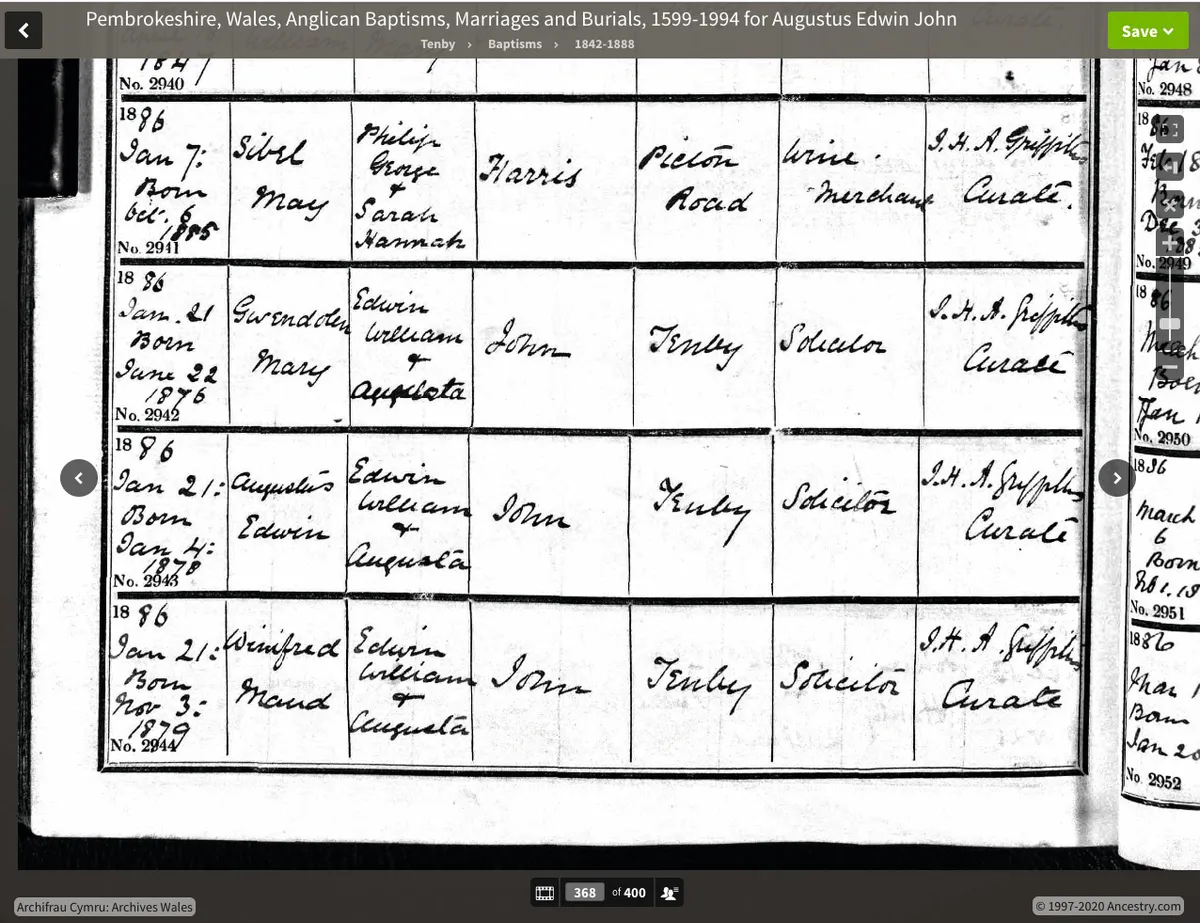As a family historian it’s important to keep up to date with what’s online, especially now with so many archives closed to visitors or having restricted opening times. Luckily Ancestry has continued to add records to its vast collections so that you can keeping adding branches to your family tree.
Find Welsh parish registers on Ancestry
And if one of your branches leads to Wales, then you are in luck, because Ancestry has recently added millions of Welsh parish records to its collections. So, whether your family came from Anglesey in the north or Glamorgan in the south, you can search the Church in Wales Anglican Parish Registers dating all the way back to the 1500s.
The collection can be searched as a whole using the group search page. However, if you want to just search within a particular county, the collection has been divided up into 13 historical counties which can help to reduce unwanted results.
Of course, not all Welsh families attended the Anglican Church in Wales. Nonconformity was strong in the country but that doesn’t mean you won’t find your ancestors in these records. Hardwicke’s Marriage Act of 1754 required couples to marry in the established church for their marriage to be counted as legal and this continued up to 1837.
Find Welsh nonconformist records
You can also look for nonconformist records in the collection England and Wales, Non-Conformist and Non-Parochial Registers, 1567-1936. This fascinating collection now boasts well over five and a half million records.
Top tip! Once you have found out where your family came from in Wales, visit the Francis Frith collection on Ancestry to find a photograph of their town or village.
One of the main difficulties when researching Welsh ancestors is the small number of surnames. If your ancestor was a Jones, Davies, Williams, Evans, Thomas, Roberts or Hughes you may find it difficult to track down the right candidate in parish records. In these situations, it is important to build up a full picture of your family so that you can be more confident that you are following the right path.
Find Welsh census records
Census records can help because they show the whole family together and include occupations so you can be more confident you are on the right track. Ancestry has Welsh census records from 1841 to 1911. Where possible, check that occupations match across more than one record. So, if you find a David Roberts recorded as a blacksmith in a parish register but on the census record your David Roberts is a mason you are probably looking at the wrong person. Where there is more than one person with the same name in a village, you are more likely to find a father’s occupation included in a baptism record even before 1813 when registers were standardised.
Although parish records are vital for adding names and dates, there are also plenty of other collections on Ancestry to add extra colour to your family history. For Welsh stories, check out the Poor Law and Criminal collections for West Glamorgan.
It’s also important to remember that your Welsh family may not have always lived in Wales. There was a lot of movement across the water between Glamorganshire and Somerset, for example. Luckily, Ancestry has a fantastic collection of Somerset records which means that if your family did hop across the Welsh channel, you can follow them!
Wherever your family came from and wherever life led them, you can uncover their stories and grow your family tree with Ancestry.
Explore Welsh parish registers on Ancestry

The famous artist Augustus John was born in Wales and his baptism record is one of millions that can be explored on Ancestry.

Step 1: Visit Ancestry's Welsh parish registers page and enter all the details you know about your ancestor. Remove and adjust information if you don’t get useful results.

Step 2: On the next page you will see results from across Wales. Click on Categories to restrict your results to specific counties. Hover your mouse over the results to see a basic transcription.

Step 3: From the image page you can attach the record to someone on your family tree, save the image to your computer or save it to your ‘shoebox’ to look at later.
Sarah Williams is the editor of Who Do You Think You Are? Magazine
